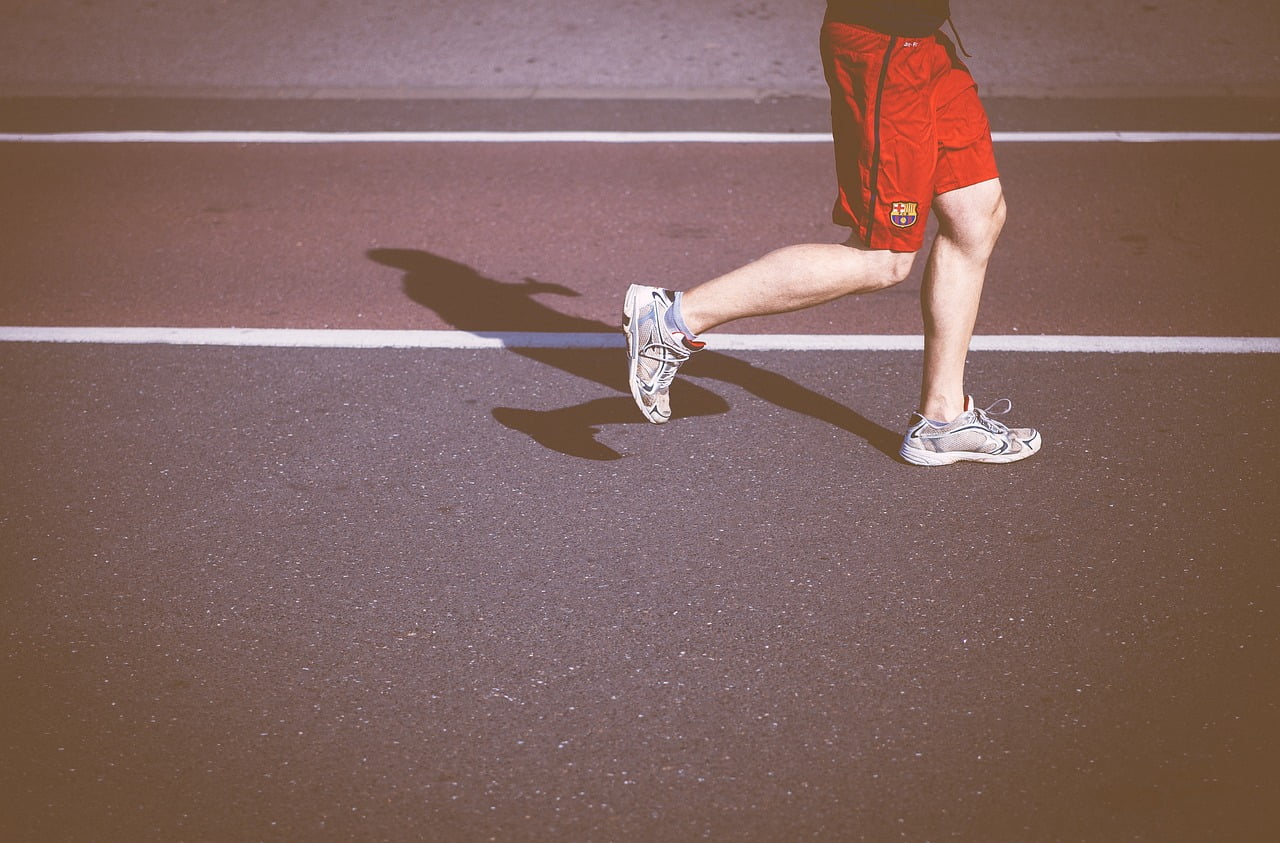For most distance runners, the idea of doing sprinting workouts can be incredibly daunting. Even though they are used to running distances other athletes would never care to attempt, the idea of sprinting is slightly cringeworthy. However, for any athlete, sprinting drills can help you run faster and more efficiently. This article will explain some beginner drills to help you sprint faster as well as well as the benefits sprinting has on your body and mind.
Drills To Sprint Faster
Truthfully, the only way to get faster at sprinting is to practice speed drills regularly, one to two times per week, with at least 24 hours rest in between intervals. Aim for another one to three days a week of other cardiovascular training, and make sure to give yourself at least two days off with no vigorous physical activity.
Before and after each of these drills, make sure to briskly walk or lightly jog for 10 to 15 minutes to get your body warmed up. It is also important to stretch your muscles to help reduce the risk of injury and soreness the next day.
- Hill Workouts
- Track Workouts
- Treadmill Workouts
Hill workouts can be incredibly daunting for even the most experienced runner, but are incredibly important for strength, endurance, and speed. This speed drill is fairly easy. Find a fairly challenging, but short, hill and run at full speed to the top. Allow your body to recover by walking down to the bottom of the hill. Perform six to eight of these reps.

You can also utilize downhill hill sprints, which allows you to go faster without exerting more energy as well as work on your stride. However, if you have a history of runner’s knee, be mindful of downhill sprints, as this can definitely exacerbate this condition. Find a hill that has a slight incline of no more than 10 degrees. If you attempt these on anything with a higher incline, everyone risks serious injuries and wipe outs. Similar to uphill sprints, sprint down the hill, utilizing your arms for balance, and recover by walking back up the hill.
If you have access to a track, it can be a great way to get your sprinting in and help you to measure distances more accurately. Many people get their start on sprinting drills by sprinting down the straights of a 200 or 400 meter track, and walking or jogging for recovery on the curved part of the track. On a 400 meter track, it is easy to quickly run a mile, as it is only four laps.

If you are training for a particular race and have access to that same track, spend most of your time running on that track to familiarize yourself. Some people assume that running on harder surfaces will have a greater impact on the body. There is some truth to this, however, results of data are mixed, so it would be good to run on a variety of surfaces as well.
It is fairly easy to practice sprinting drills to increase your speed on a treadmill. Many models will actually have built in interval or hill training that you can manipulate to fit your training needs. You can also manually play around with inclines to mimic hill workouts you would do outside.
There are different types of treadmills, so be sure to shop around to see which one is best suited for your gait, stride and anatomy.
Why Is Sprinting Good For You?
- Sprinting Strengthens Core
- Sprinting Keeps Your Heart Healthy
- Sprinting May Keep Your Blood Sugar Levels Healthy
When you practice sprinting with good form, your muscles that make up your core get a great workout. A strong core is more than just a toned six pack. A strong core helps protect you from injury, your internal organs and your spine and helps to promote great posture.

For those who are on the higher end of normal blood pressure or have mild hypertension, sprinting can be a great way to lower that number and help keep your heart healthy. Sprinting also promotes faster fast-twitch fibers in your heart, strengthening the muscle, and teaching the heart to pump blood more efficiently.
Millions of Americans suffer from type 2 diabetes, and millions more are at risk of developing diabetes later in life. Not only can sprinting help to reduce fat and promote weight loss throughout the body, a large risk factor for diabetes, sprinting also can help the body produce more insulin as well as burn stores of excess blood sugar.
Click here to read our complete article about all the benefits of sprinting.
Who Should Be Careful With Sprinting Exercises
- Those Who Have Cardiovascular Concerns
- Those Who Are Recovering From Injuries
Sprinting can keep your heart healthy and strong, but it is also important that if you have certain cardiovascular concerns that you talk with your doctor before starting any type of sprinting workout. Particularly, those who are suffering from dangerously high blood pressure should avoid sprint workouts, as should those who are suffering from asthma, as both of these conditions will be exacerbated by sprinting and can lead to life threatening medical conditions. If you are unsure if you are healthy enough to participate in sprinting drills, talk with your doctor first and follow their suggestions.
Sprinting builds lean muscle, helps with fat loss and keeps your body healthy, but it may not be appropriate for those who are recovering from injuries, particularly running related injuries. During this time, it is important to take care of your body during this time of recovery and spriting is simply too explosive to help your muscles heal. Get back to running after an injury through walking, swimming, and biking, and any exercises your physical therapist suggests.
Conclusion
For whatever reason you choose to start sprinting drills, regularly participating will help to keep your body lean, strong, and running fast. When participating in sprinting workouts, is is important to make sure you are consuming enough water and replacing any electrolytes lost through vigorous activity. It is also important to consume a diet rich in fruits and vegetables, lean protein, and whole grains.
References:
https://www.verywell.com/fast-and-slow-twitch-muscle-fibers-3120094
https://www.ncbi.nlm.nih.gov/pubmed/24905559






